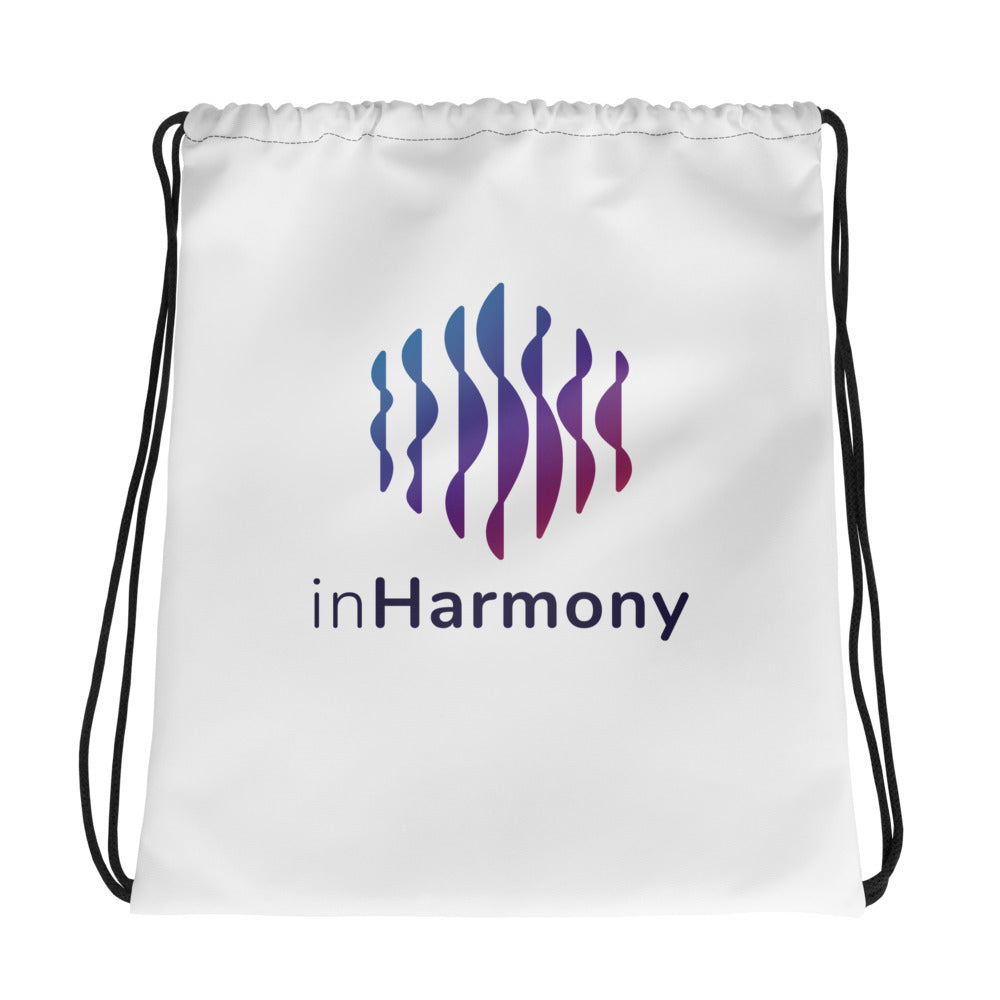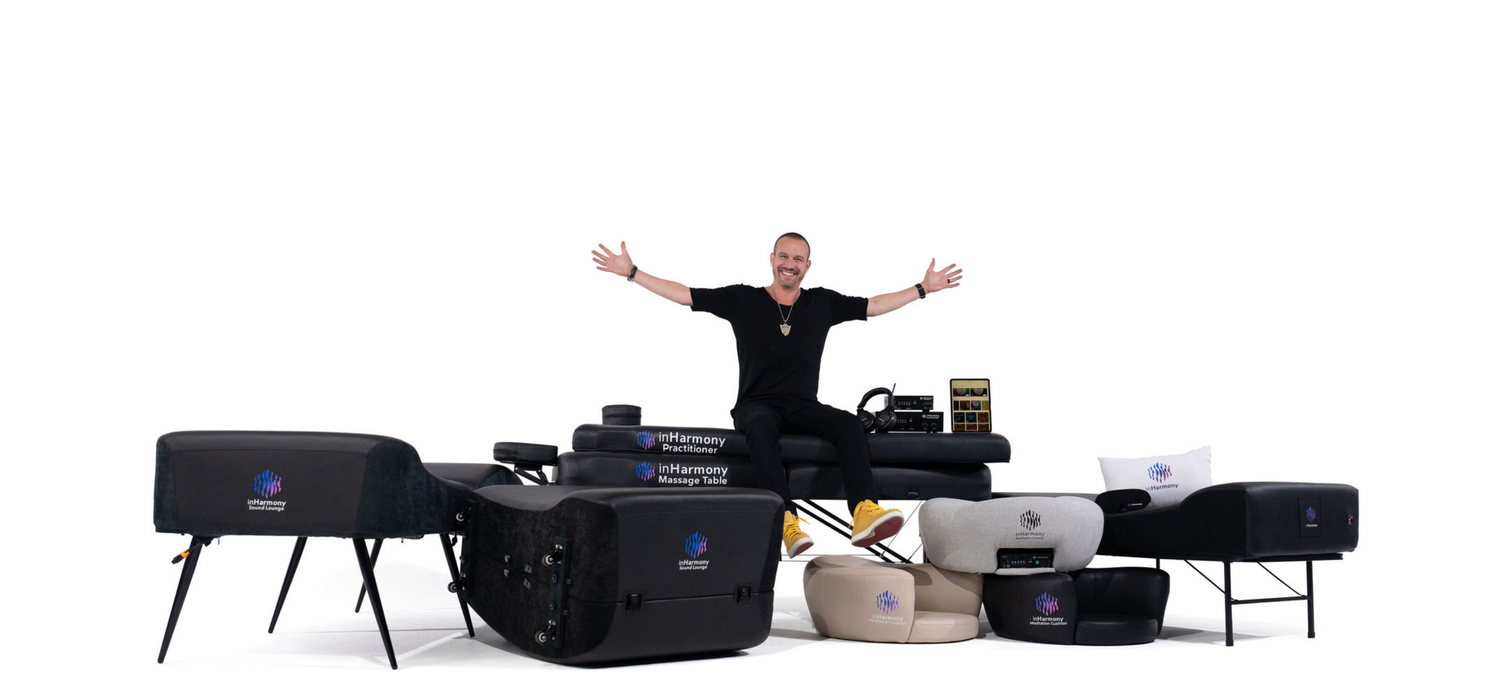Emotional wellness is the daily practice of noticing, understanding, and balancing your emotions. By combining mindful stress management, daily reflection, and supportive tools like inHarmony relaxation furniture and the inHarmony music meditation app, you can build resilience, clarity, and calm. This Emotional Wellness Month, start small, each mindful choice leads to long-term emotional strength.
What Does Emotional Wellness Mean?
Emotional wellness isn’t just about “feeling good.” It’s the ability to recognize emotions, respond thoughtfully to stress, and nurture mental clarity. During Emotional Wellness Month, it’s the perfect time to explore practices that help you maintain balance in an often overwhelming world.
By weaving together intentional habits, mindfulness practices, and supportive tools, you can create a lifestyle that fosters resilience and inner calm.
How Can You Reframe Your Emotional Awareness?
Instead of reacting automatically, emotional wellness invites you to observe and understand emotions. Small daily moments can build lasting awareness:
-
Pause and Reflect: Take five minutes daily to check in with yourself. Utilizing the inHarmony relaxation furniture can provide a restorative reset.
-
Name Your Emotions: Label feelings like stress, contentment, or worry, naming them reduces overwhelm and increases clarity.
-
Express Through Journaling or Audio Notes: Writing or recording your thoughts builds perspective and release. Doing this while seated in a comfortable space strengthens focus.
Mindful attention builds self-awareness, which is the foundation of emotional resilience.
How Should You Manage Stress in Daily Life?
Stress is a natural part of life, but chronic stress disrupts balance. Emotional wellness practices don’t aim to eliminate stress; instead, they teach you to navigate it effectively:
-
Guided Meditations: The inHarmony music meditation app offers original music meditations that help you acknowledge stress without letting it control you through curated frequencies.
-
Body-Centered Relaxation: Physical tension mirrors emotional tension. Stretching, deep breathing, or progressive muscle relaxation can assist with getting your body into a more relaxed state.
-
Micro-Breaks: Short pauses throughout your day to stretch, breathe, or listen to soundscapes restore focus and stability.
When you view stress as a signal rather than a burden, you can respond thoughtfully instead of reacting impulsively.
How to Start a 5-Minute Daily Emotional Check-In
Sometimes the hardest part of emotional wellness is knowing where to start. A simple daily “emotional check-in” builds awareness, reduces stress, and creates clarity. Here’s a five-step practice you can try:
Step 1: Find Your Space
Choose a comfortable spot, such as a quiet corner of your home where you will be free from technology and interruptions.
Step 2: Pause and Breathe
Close your eyes. Inhale deeply through your nose for four counts, hold for two, and exhale slowly for six. Repeat three times.
Step 3: Notice Your Body
Scan from head to toe. Where do you feel tension? Is your jaw tight, your shoulders raised? These cues often reflect emotions.
Step 4: Name Your Emotions
Without judgment, identify what you’re feeling: stress, gratitude, calm, or even uncertainty. Naming brings regulation.
Step 5: Set a Small Intention
End by choosing a simple focus for the day: “I will approach today with patience” or “I will take two short breaks to reset.”
Practiced daily, this habit nurtures resilience and emotional awareness.
What Daily Habits Build Emotional Resilience?
Emotional wellness thrives when supported by routines:
-
Sleep Regularity: Adequate rest restores clarity and stability. Pair your evening with a session on the inHarmony relaxation furniture to help you wind down for bed.
-
Movement: Exercise, whether yoga, walking, or lifting weights, helps supports emotional balance throughout the day.
-
Mindful Nutrition: Balanced meals influence mood and brain function. Eating with awareness supports both gut and emotional health.
-
Reflection: Daily journaling or quiet reflection, ideally in an intentional space, helps consolidate growth and reset priorities.
Small, consistent practices accumulate into long-term emotional strength.
How Can You Create a Supportive Environment?
Your environment influences your emotions. Try these strategies:
-
Designated Relaxation Zones: Create a cozy corner with your inHarmony relaxation furniture that signals “time to reset.”
-
Digital Boundaries: Set limits on screens and notifications to reclaim focus.
-
Sensory Anchors: Incorporate calming scents, soft lighting, and soothing soundscapes, with the inHarmony app, throughout the day.
When your environment is supportive, wellness becomes effortless.
Why Are Relationships Vital to Emotional Wellness?
Emotional wellness thrives in connection:
-
Share Practices: Invite friends or family to join short meditation sessions with you.
-
Express Gratitude: Acknowledging kindness strengthens bonds and boosts mood.
-
Engage in Community: Volunteer or join group activities to foster purpose and belonging.
Supportive connections buffer stress and reinforce emotional resilience.
Emotional Wellness Is a Daily Practice
Emotional wellness is not a final destination, it’s a practice you build every day. By cultivating awareness, reframing stress, establishing routines, designing supportive spaces, and nurturing connections, you create balance, clarity, and calm.
This Emotional Wellness Month, commit to small, intentional actions. With tools like inHarmony relaxation furniture and the music meditations app, you can turn daily moments into lifelong resilience.
FAQs About Emotional Wellness
Q: What is the first step to emotional wellness?
A: Begin with a daily pause to notice and name your emotions, it builds awareness and resilience.
Q: How can stress become a positive signal?
A: Stress highlights areas needing attention. Guided meditation and micro-breaks transform stress into growth opportunities.
Q: What are three simple daily habits for balance?
A: Reflect daily, move your body, and create a supportive environment with tools like inHarmony.
Q: How is emotional wellness different from mental health?
A: Emotional wellness focuses on awareness and regulation of emotions, while mental health includes broader conditions like anxiety or depression. Both are essential for overall well-being.












